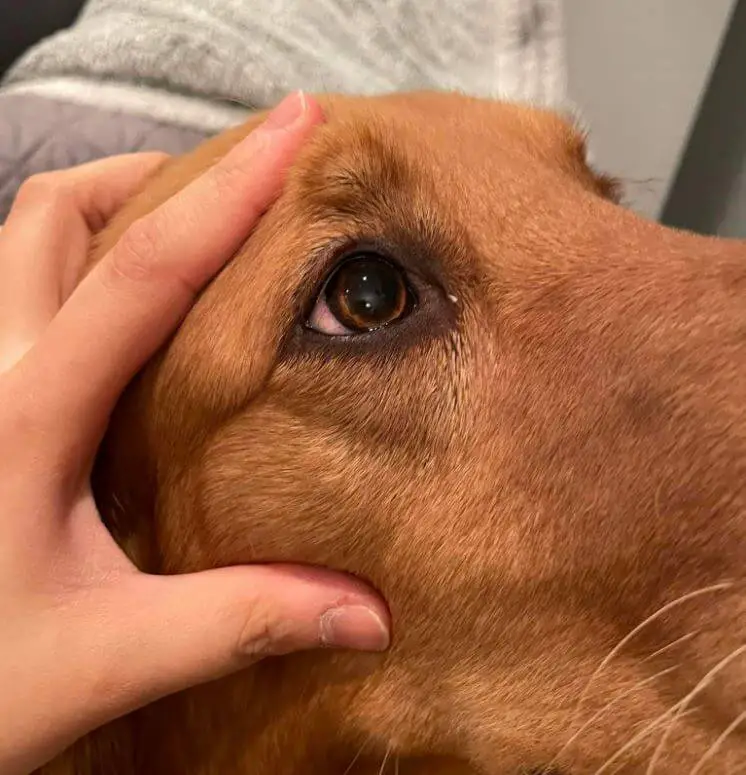Just like humans, dogs can also suffer from conjunctivitis, commonly known as “pink eye.” Conjunctivitis in dogs can be uncomfortable and concerning for pet owners. In this article, we will explore this eye condition, its causes, symptoms, treatment options, and preventive measures, helping you ensure your furry friend’s eye health.

Understanding Conjunctivitis in Dogs:
Conjunctivitis refers to the inflammation of the conjunctiva, the thin, transparent membrane that covers the white part of the eye and lines the inner eyelids. It can affect one or both eyes and may be caused by various factors.
Common Causes of Conjunctivitis in Dogs:
- Allergies: Dogs, like humans, can develop allergies that lead to eye irritation and redness.
- Infections: Bacterial or viral infections, such as canine distemper or canine adenovirus, can result in conjunctivitis.
- Foreign Bodies: The presence of foreign objects like dust, debris, or plant material in the eye can cause irritation and inflammation.
- Environmental Factors: Exposure to irritants like smoke, chemicals, or pollutants can lead to conjunctivitis.
- Underlying Health Issues: Systemic diseases like dry eye (keratoconjunctivitis sicca) can increase the risk of conjunctivitis.

Symptoms of Conjunctivitis in Dogs:
Recognizing the signs of conjunctivitis is crucial for early intervention:
- Redness: Affected eyes may appear red or bloodshot.
- Discharge: Dogs with conjunctivitis often have watery or mucous discharge from the eyes.
- Swelling: Swelling of the eyelids and squinting can be observed.
- Blinking and Rubbing: Dogs may blink or rub their eyes frequently due to discomfort.
- Sensitivity to Light: Some dogs may become sensitive to light.
Diagnosis and Treatment:
- Diagnosis: If you suspect your dog has conjunctivitis, consult your veterinarian. They will conduct a thorough eye examination and may perform additional tests to identify the underlying cause.
- Treatment: The treatment for conjunctivitis depends on its cause. It may involve antibiotic or antiviral eye drops, anti-inflammatory medications, or allergen management.
Preventive Measures:
While not all cases of conjunctivitis can be prevented, you can take certain steps to reduce the risk:
- Regular Eye Care: Clean your dog’s eyes regularly to remove any debris and reduce the risk of infection.
- Allergen Management: If your dog has allergies, work with your veterinarian to manage them effectively.
- Avoid Irritants: Keep your dog away from smoke, chemicals, or other environmental irritants that can lead to eye irritation.

Conjunctivitis (pink eye) in dogs is a treatable condition that can vary in severity. By recognizing the symptoms and seeking prompt veterinary care, you can help your dog recover more quickly. While you may not always be able to prevent conjunctivitis, taking preventive measures and maintaining good eye hygiene can contribute to your furry friend’s overall eye health and well-being.
